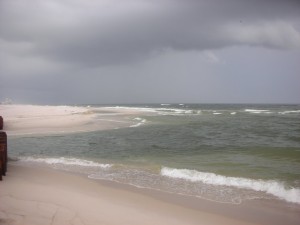Tropical Storm Bertha Update and final advisory August 03, 2014.
Tropical Storm Bertha has been very predictable. It is entering the area around Bermuda today and will start curving more and more to the northeast over the next few days – away from the US coast. However, persons from coastal Florida to New England can expect higher than normal wave action, tides and rip currents.
Since this storm poses no immediate threat to the US coastline, this will be our final mention of Tropical Storm Bertha – UNLESS an unanticipated westerly movement takes place.
Please use the NHC link below for official advisories:
======================================================
“These are not official advisories. These updates and advisories are based upon information from our own computer models, NOAA, Local Weather Data Centers, deep water Buoy Data, and other publicly available sources. FOR THE SAFETY OF YOUR PROPERTY AND PERSON, please refer to your Local, State, and Federal Authority updates for Official Advisories and Orders. For up to the minute advisories and official updates, it is essential that you monitor your local Emergency Government, NOAA and Local Media Broadcasts. Please do not make personal safety decisions based upon information presented here.”
Tropical Storm Research Center, Gulf Shores, Alabama.
====================================================


